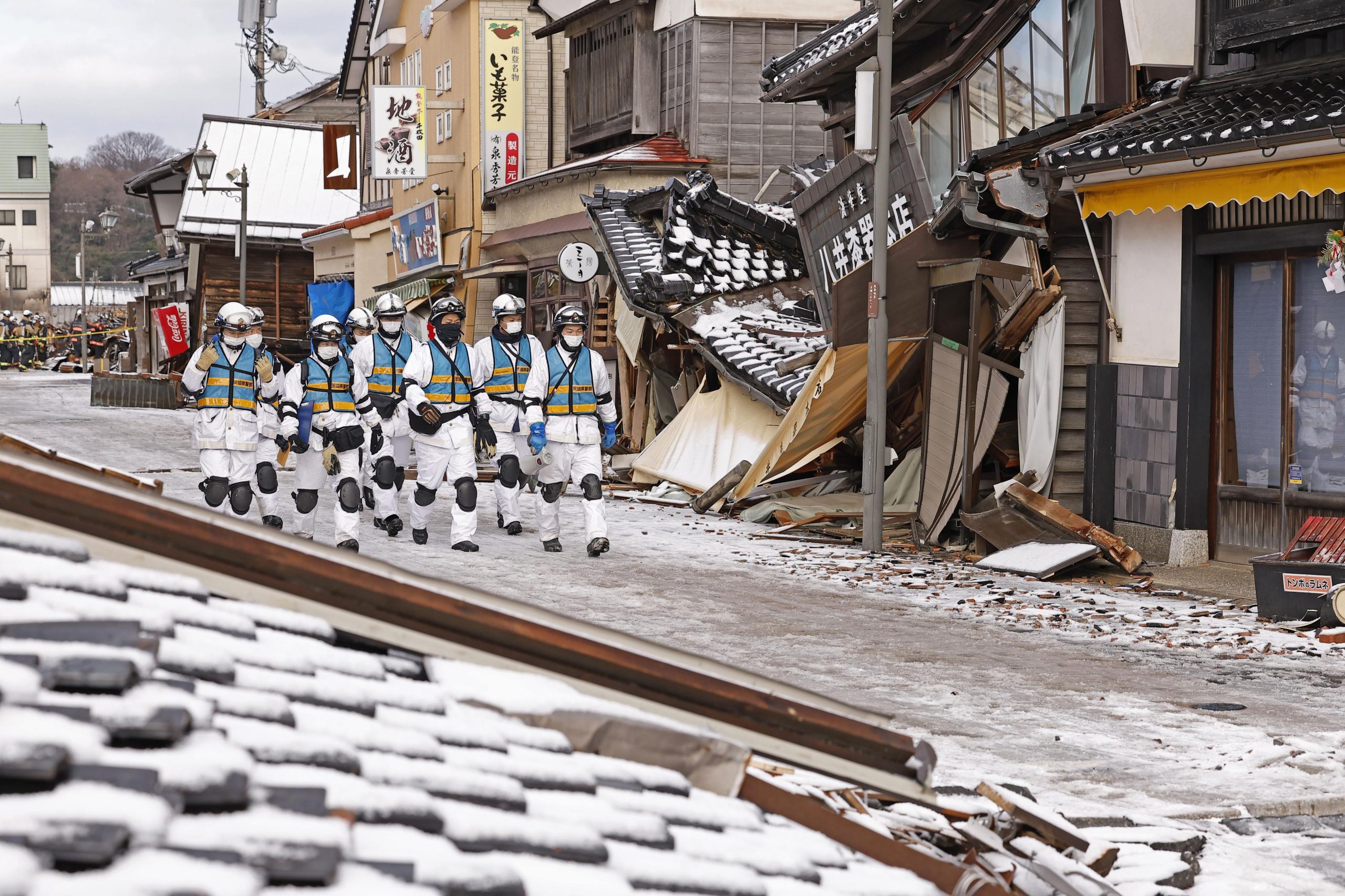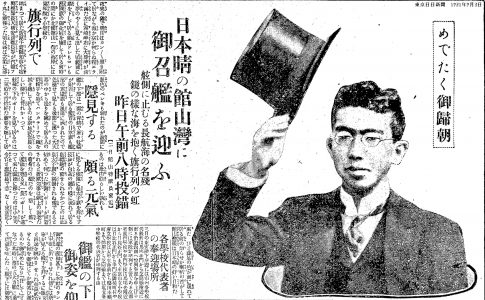The Noto Peninsula earthquake that struck the Noto region on New Year’s Day recorded a maximum seismic intensity of 7, causing extensive human and material damage. The following day, a tragic accident occurred on the runway of Haneda Airport, where a Japan Coast Guard aircraft carrying relief supplies for the disaster-struck area collided with a Japan Airlines plane, resulting in the death of five coast guard personnel. Amidst a turbulent start to the year, Prime Minister Fumio Kishida’s inadequate disaster response has rapidly drawn increasing criticism.
The Political Landscape and Kishida’s Response
Some LDP (Liberal Democratic Party) insiders suggested that the Noto Peninsula earthquake presented an opportunity for the Kishida administration, already struggling with plummeting approval ratings due to political funding scandals, to regain public support by effectively handling the disaster. However, even a week after the earthquake, the government’s response has been criticized as inept and disorganized. The delay in disaster relief has sparked widespread anger among the affected communities.
“Why is the disaster response so slow when lives are at stake? It seems like there’s a lack of awareness about the emergency. With the situation in the disaster areas worsening, it’s nothing short of a ‘man-made disaster’ under Prime Minister Kishida,” expresses a frustrated mid-level LDP lawmaker from the Hokuriku region.
The Ground Situation and Government’s Delayed Response
Despite the Prime Minister launching the “Emergency Disaster Response Headquarters” on the evening of New Year’s Day and deploying Akihisa Koga, Deputy Minister of Disaster Management, to take charge on the ground, the initial response was criticized for being too slow. Murata Takashi, the Cabinet Crisis Management Monitor, was unable to attend the office on the day of the earthquake due to illness, further delaying the response.
The first meeting of the Emergency Disaster Response Headquarters only took place on January 2nd and was criticized for merely presenting a fragmented picture of the damage without
concrete action plans. This delay in the initial response has been a critical factor in the slow pace of relief efforts.
The Criticism of Kishida and His Cabinet
The criticism extends to Chief Cabinet Secretary Yasutoshi Nishimura, who appeared to be waiting for reports from relevant ministries rather than proactively gathering information and organizing relief efforts. The mayors of Wajima and Suzu cities in Ishikawa Prefecture have voiced their dire situations, emphasizing the overcrowded evacuation centers and the urgent need for government support.
Comparison with Previous Disaster Responses
Reflecting on the response to the 2016 Kumamoto earthquake, then-Prime Minister Shinzo Abe and Chief Cabinet Secretary Yoshihide Suga had decisively dispatched the Cabinet Secretariat’s Chief, Takashi Shimada, to lead the response. This extraordinary measure accelerated the coordination and support efforts from various ministries. The presence of senior officials from different ministries at the disaster headquarters in Kumamoto Prefecture facilitated efficient communication and quick action, something that is notably lacking in the current response.
Despite having Shimada, who has experience in disaster response, as his Chief Secretary, Prime Minister Kishida has been criticized for not issuing swift instructions for relief efforts. Even direct calls from affected areas to the Prime Minister’s office have reportedly received lackluster responses.
The Current Challenges and Political Implications
A week into the disaster, the focus needs to shift from immediate rescue to support and reconstruction for the evacuees, who number close to 30,000. With many elderly among them, the government and Ishikawa Prefecture are considering relocating evacuees to surrounding areas due to space constraints in local shelters.
However, officials are concerned about the lack of a centralized operational plan for large-scale evacuee movement and temporary housing construction. “Without a functional command center in the Prime Minister’s office, it’s hard to expect a coordinated and timely response,” a government official remarks, highlighting the administration’s failure to effectively handle the crisis.
The Escalating Political Crisis
The situation is compounded by the arrest of Yoshiaki Ikeda, a member of the Abe faction in the LDP, and his policy secretary on charges of violating the Political Funds Control Law. This development, indicating the deepening of the political funding scandal, further weakens Kishida’s position.
The Prime Minister has set up a political reform headquarters within the LDP, but doubts remain whether his administration has the political strength to navigate this challenging situation. With the Kishida government’s ability to manage both the political scandal and the disaster response being questioned, its stability and future are increasingly uncertain.












Leave a Reply